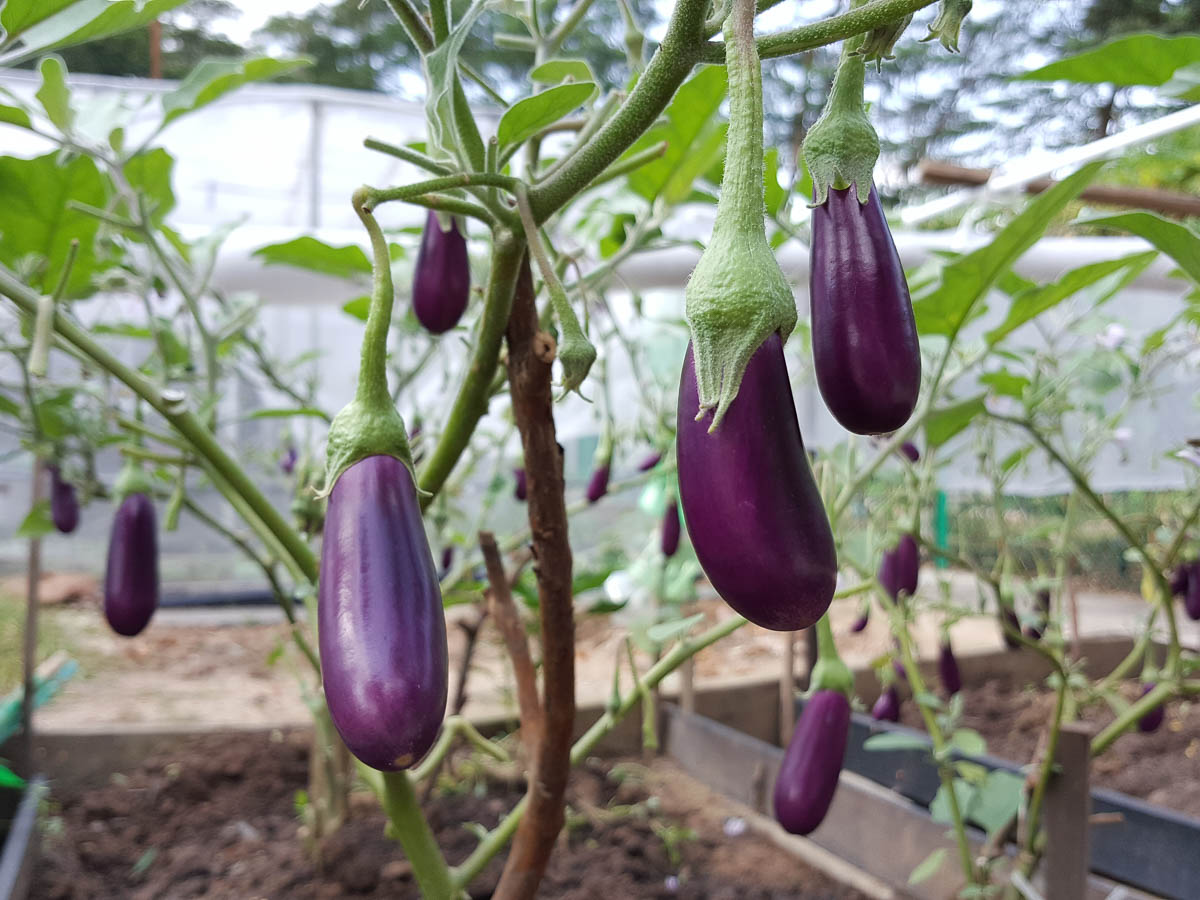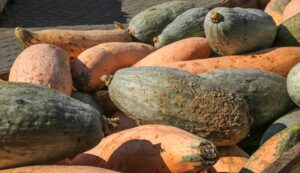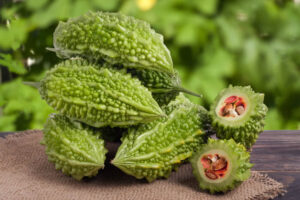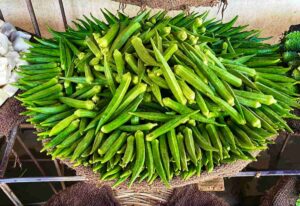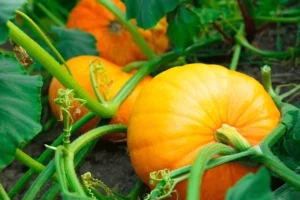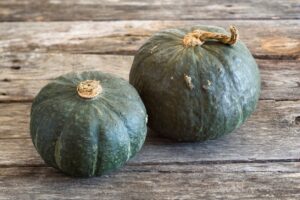How to Grow Brinjal: A Complete Guide for Home Gardeners
Growing brinjal (eggplant) at home can be a rewarding experience that provides you with fresh, organic produce right from your own garden. Whether you have a spacious backyard, a small patio for container gardening, or just a sunny windowsill, you can successfully grow this versatile vegetable. This guide will walk you through everything you need to know about growing brinjal in various settings, from seed selection to harvest.
Understanding Brinjal (Eggplant)
Brinjal, commonly known as eggplant in the United States, is a warm-season vegetable that belongs to the nightshade family (Solanum melongena). It’s a popular crop in the US market, with demand increasing as more Americans embrace diverse cuisines and vegetable-forward diets.
According to the USDA Agricultural Marketing Service, eggplant production in the US has been steadily rising, with Florida and California being the primary domestic producers. However, you don’t need a commercial farm to enjoy fresh brinjal – you can easily grow it at home!
Brinjal Varieties for Home Gardening
Before starting your brinjal growing journey, it’s important to select the right variety for your specific growing conditions:
| Variety | Days to Maturity | Size | Best For | Special Features |
|---|---|---|---|---|
| Black Beauty | 70-80 days | Large (6-8 inches) | Garden beds | Classic dark purple, heat-tolerant |
| Fairy Tale | 50-55 days | Small (2-4 inches) | Containers, patios | Compact plants, tender fruits |
| Ichiban | 60 days | Long, slender | Container or garden | Early producer, less bitter |
| Ping Tung | 65-70 days | Long (12+ inches) | Garden beds | Disease resistant, tender |
| Patio Baby | 45-50 days | Mini (2-3 inches) | Indoor/container | Compact growth, continuous harvest |
| White Knight | 70-75 days | Medium (5-7 inches) | Garden or container | Creamy white color, fewer seeds |
Starting Brinjal from Seeds
Growing brinjal from seeds allows you to choose from a wider variety of options and can be more economical. Here’s how to start your brinjal journey from seeds:
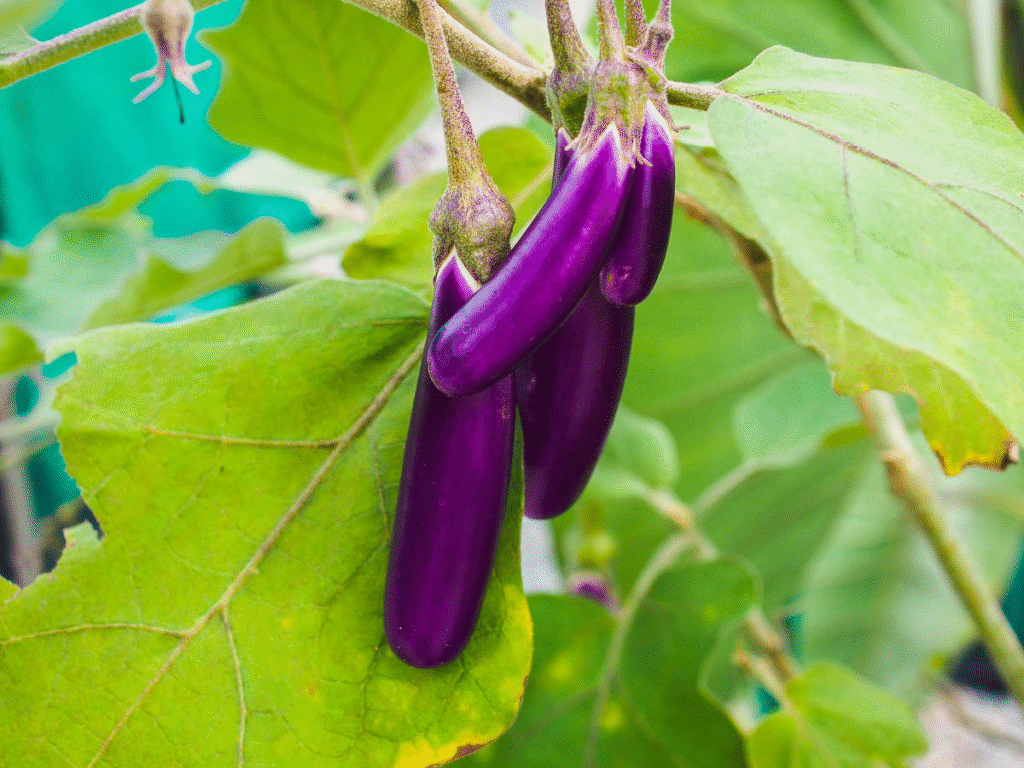
When to Start Seeds
Timing is crucial when growing brinjal since it’s a warm-season crop that is sensitive to cold:
- For outdoor planting: Start seeds indoors 8-10 weeks before your region’s last frost date.
- For indoor growing: You can start seeds any time of year if you have proper lighting and temperature control.
According to the USDA Plant Hardiness Zone Map, brinjal grows best in zones 5-12, but timing will vary based on your specific zone.
Seed Starting Steps
- Prepare your seed starting mix: Use a sterile, lightweight seed starting mix. You can purchase commercial mixes or make your own by combining equal parts peat moss, vermiculite, and perlite.
- Plant the seeds:
- Fill seed trays or small pots with moistened seed starting mix
- Plant seeds ¼ inch deep
- Space seeds about 1 inch apart if using a tray
- Cover lightly with soil
- Provide optimal germination conditions:
- Temperature: 75-85°F (24-29°C) – use a seedling heat mat if needed
- Moisture: Keep soil consistently moist but not waterlogged
- Light: No light is needed until seedlings emerge
- Care for seedlings after germination:
- Once seedlings emerge (typically 7-14 days), move them to a location with bright light
- Provide 14-16 hours of light daily (a sunny windowsill or grow lights)
- Maintain temperatures around 70-75°F (21-24°C)
- When seedlings develop their first true leaves, thin to the strongest plants
- Hardening off: If planning to transplant outdoors, gradually acclimate seedlings to outdoor conditions over 7-10 days before planting.
Growing Brinjal in Garden Beds
If you have space for a garden bed, brinjal can thrive and produce abundant harvests. Here’s how to grow brinjal successfully in your garden:
Site Selection and Soil Preparation
- Location: Choose a spot that receives at least 6-8 hours of direct sunlight daily.
- Soil requirements: Brinjal prefers well-draining, fertile soil with a pH between 5.8 and 6.5. You can test your soil using a home kit or through your local extension service.
- Soil preparation: Incorporate 2-3 inches of compost or aged manure into your garden bed. According to the USDA Natural Resources Conservation Service, healthy soil is essential for vegetable production.
Planting in Garden Beds
- Spacing: Plant brinjal seedlings 18-24 inches apart in rows spaced 30-36 inches apart.
- Planting depth: Set plants at the same depth they were growing in their containers.
- Timing: Transplant only when soil temperatures reach at least 60°F (16°C) and all danger of frost has passed.
Garden Maintenance
- Watering: Provide 1-1.5 inches of water weekly. Consistent moisture is key, but avoid waterlogging.
- Mulching: Apply 2-3 inches of organic mulch around plants to retain moisture and suppress weeds.
- Support: Consider providing stakes or cages for taller varieties to prevent stems from breaking when fruit develops.
- Fertilizing: Side-dress with compost or balanced organic fertilizer mid-season.
Growing Brinjal in Containers
Limited space? No problem! Brinjal can thrive in containers on patios, balconies, or even sunny windowsills:
Container Selection
- Size: Choose containers at least 12-14 inches in diameter and 12 inches deep. Five-gallon buckets or grow bags work well.
- Material: Terracotta, plastic, or fabric pots are all suitable – ensure they have drainage holes.
Potting Mix
Create a high-quality potting mix:
- 60% good quality potting soil
- 20% compost
- 10% perlite or vermiculite
- 10% coconut coir or peat moss
This mix provides the perfect balance of nutrients, drainage, and moisture retention.
Container Planting and Care
- Fill container: Leave about 1 inch of space at the top for watering.
- Plant seedlings: Plant one brinjal seedling per 5-gallon container.
- Water thoroughly: After planting, water until it drains from the bottom.
- Placement: Position containers where they’ll receive 6-8 hours of sun.
- Container-specific care:
- Check soil moisture daily – containers dry out faster than garden beds
- Water when the top inch of soil feels dry
- Fertilize every 2-3 weeks with diluted liquid fertilizer
- Rotate containers periodically to ensure even sun exposure
Growing Brinjal Indoors
Yes, you can grow brinjal completely indoors! With the right setup, you can enjoy homegrown brinjal year-round:
Indoor Growing Setup
- Lighting: The most critical factor – brinjal needs strong light to produce fruit. Use full-spectrum LED grow lights positioned 6-12 inches above plants for 14-16 hours daily.
- Temperature: Maintain temperatures between 70-85°F (21-29°C) during the day and no lower than 65°F (18°C) at night.
- Humidity: Aim for 50-60% humidity. Use a humidifier or humidity tray if your home is dry.
- Air circulation: A small fan helps strengthen stems and prevents fungal issues.
Indoor Pollination
Unlike outdoor plants, indoor brinjal plants don’t have natural pollinators. You’ll need to hand-pollinate:
- Wait for flowers to fully open
- Gently shake the plant to distribute pollen within flowers
- Alternatively, use a small paintbrush to transfer pollen between flowers
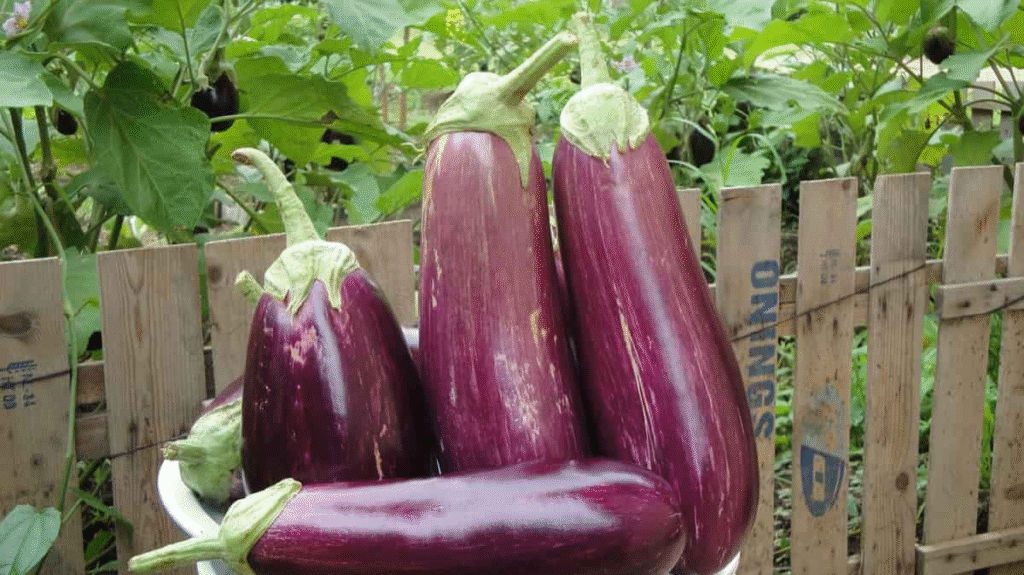
Common Brinjal Problems and Solutions
Even with the best care, you might encounter some challenges when growing brinjal:
Pest Management
| Pest | Symptoms | Organic Solutions |
|---|---|---|
| Flea Beetles | Tiny holes in leaves | Row covers, sticky traps, diatomaceous earth |
| Aphids | Curled leaves, sticky residue | Insecticidal soap, neem oil, ladybugs |
| Spider Mites | Fine webbing, yellow stippling | Strong water spray, neem oil, predatory mites |
| Tomato Hornworms | Defoliation, large caterpillars | Hand-picking, Bt (Bacillus thuringiensis) spray |
Disease Prevention
Common diseases include verticillium wilt, early blight, and powdery mildew. Prevent these by:
- Practicing crop rotation
- Providing good air circulation
- Avoiding overhead watering
- Removing affected plant parts immediately
For specific disease identification and treatment, the USDA Agricultural Research Service provides valuable information on plant disease management.
Harvesting and Using Your Brinjal
The reward for your gardening efforts is a bountiful harvest of delicious brinjal:
When to Harvest
- Harvest when fruits are firm, glossy, and have reached the expected size for the variety
- Don’t wait until brinjal overripens – overripe fruits become bitter and seedy
- Cut fruits with pruning shears, leaving a short stem attached
- Regular harvesting encourages plants to produce more fruits
Storage and Usage
- Fresh brinjal can be stored in the refrigerator for 5-7 days
- For longer storage, you can freeze sliced, blanched brinjal
- Enjoy your harvest in various dishes: roasted, grilled, stir-fried, or as the star in eggplant parmesan
Seasonal Care and Maintenance
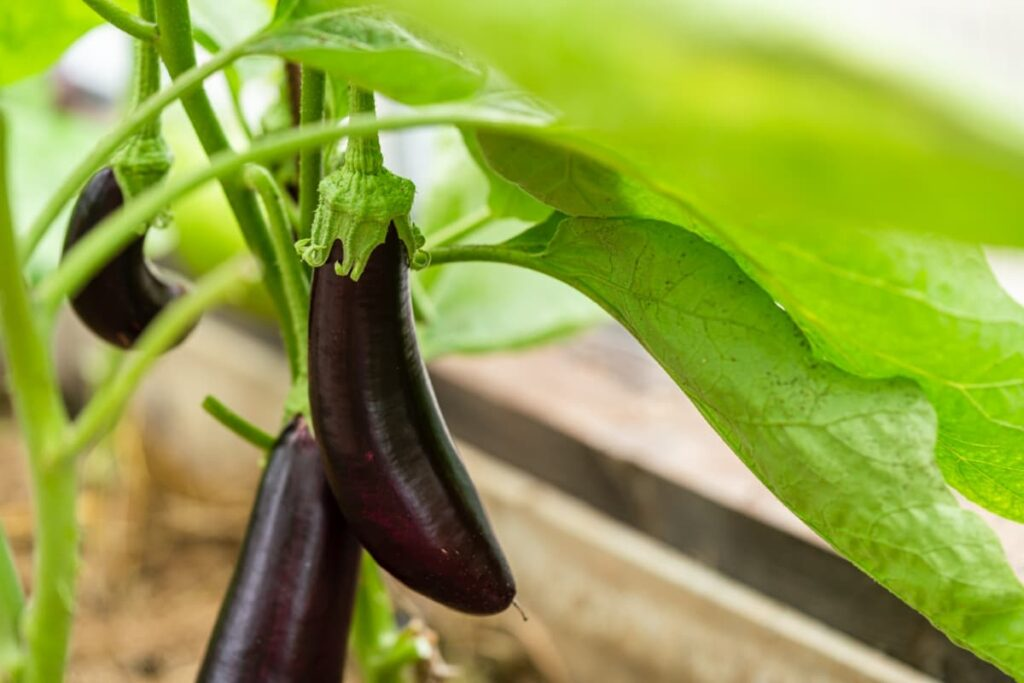
Spring Tasks
- Prepare soil and planting areas
- Start seeds indoors
- Monitor weather forecasts for safe transplanting
Summer Tasks
- Monitor for pests and diseases
- Maintain consistent watering
- Apply additional mulch as needed
- Support plants with stakes as they grow
Fall Tasks
- Harvest remaining fruits before frost
- Clean up plant debris to prevent overwintering pests
- Consider extending the season with row covers if mild frost is expected
Conclusion
Growing brinjal at home – whether in your garden, in containers, or indoors – is a fulfilling project that rewards you with nutritious, fresh produce. With proper planning, care, and maintenance, you can enjoy a bountiful harvest of this versatile vegetable. Start with quality seeds or seedlings, provide the right growing conditions, and address issues promptly for the best results.
Remember that gardening is a learning process, and each growing season brings new experiences and knowledge. Don’t be discouraged by initial challenges – even experienced gardeners face setbacks. By following the guidance in this article and adapting to your specific growing conditions, you’ll be well on your way to becoming a successful brinjal grower!
